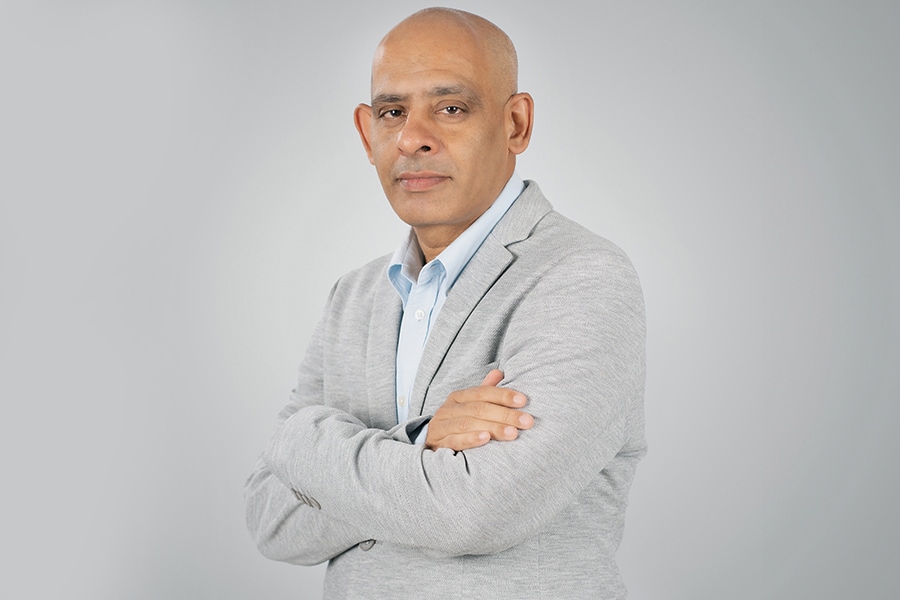Kaynes Semicon has three customers but is waiting for government approval: CEO Raghu Panicker
The subsidiary company of Kaynes Technology is awaiting sanction under the government's semiconductor incentive scheme, which is likely to be cleared within ten days
 Raghu Panicker, CEO of Kaynes Semicon
Raghu Panicker, CEO of Kaynes Semicon
Q. Why did Kaynes Semicon specifically decide to foray into OSAT? Kaynes’ electronics manufacturing services (EMS) business is uniquely placed. We are into manufacturing printed circuit board assemblies (PCBAs). There are two components that come in: The semiconductor component and the bare board. These two components are imported at this point in time. So it is necessary that we start some local manufacturing. We ourselves will consume these semiconductor packages and PCBs because we are an EMS player. Hence, we are building two plants. From backward integration, we are putting a Kaynes semiconductor plant under Kaynes Semicon, which is OSAT. We have another subsidiary called Kaynes Circuits, and we are putting up a bare-board PCB plant. We are trying to reduce the import, and plus, it's self-consumption for us. This aligns with our thought process as far as semiconductor manufacturing is concerned. The idea is to reduce the price of the end product. We are a large supplier of PCB modules for automotive. If you look at the power devices that go inside the module and if I am able to manufacture them, we’re trying to reduce the price. Everything put together, we’ve announced an investment of Rs6,500 crore, out of which Rs5,000 crore is for OSAT and the rest for bare-board PCB. Q. Will this OSAT be doing traditional packing or advanced packing? About 70 percent of our OSAT will be doing advanced packaging, and that's the difference we are going to bring to India. There'll be 30–35 percent of traditional packaging. But we are starting with substrates for co-packaged optics. The MOU we signed with Singapore-based fabless system development company Light Speed Photonics is a very advanced technology. In the next six to eight months, I will have my first line with them done, and my first package will be rolled out in the next six to eight months. I'm just waiting for approval. Q. Who are your global technology partners? We have three technology partners for semiconductor packing: Globetronics from Malaysia, Aptos Technologies from Taiwan, and AOI in Japan. We have also invested in California-based Mixx Technologies. Q. Is India tapping into the right part of the semiconductor supply chain? In the last 30 years, we've mastered the art of design, and that's the high-value chain. Now, beyond that, what do we do? It's manufacturing, and that's a capital-intensive and labour-intensive activity. India, as a country, needs all that. Slowly, this will be self-consuming. There's one fab that was announced by Tata. There are a few more in line. The entire value chain is in the making.

















